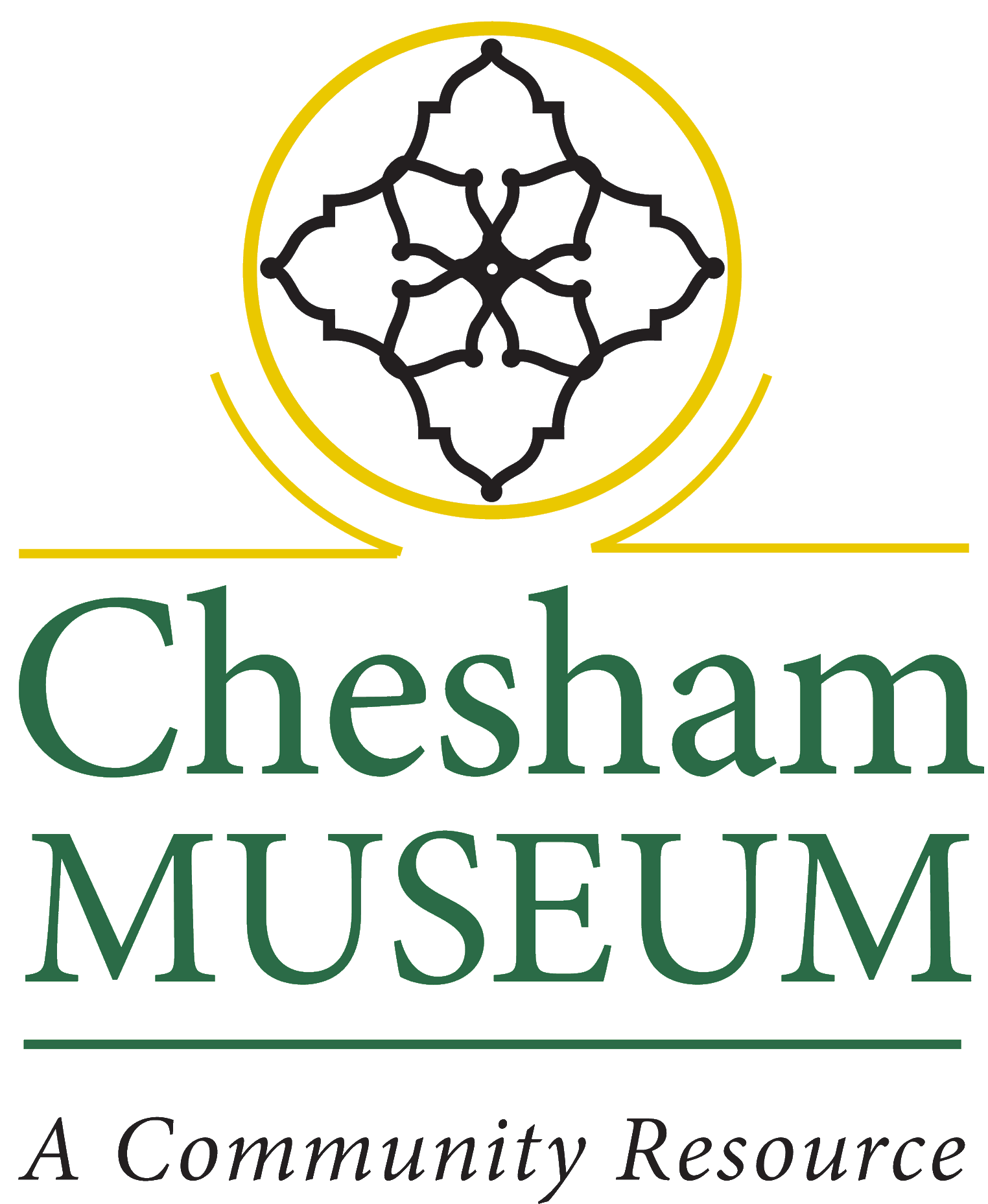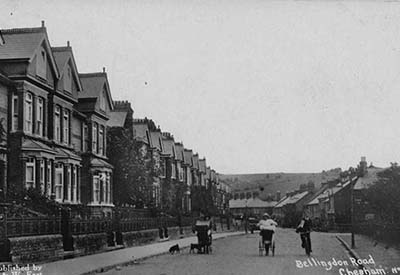
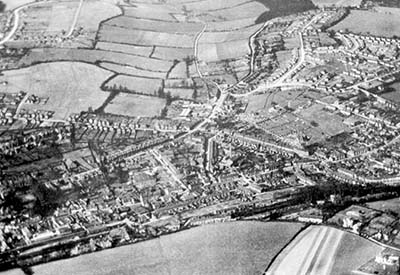
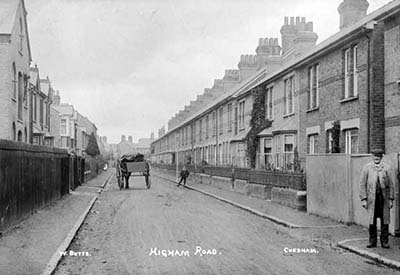
Moving to Metro-land
‘Metro-land/ Beckoned us out to lanes in beechy Bucks’
Summoned by Bells, John Betjeman, 1960
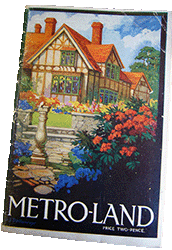
A growing need
Chesham’s population grew throughout the 19th century, with many thriving local businesses, making woodenware, bottles, brushes, and boots, supplemented by cottage industries like straw plaiting. By the end of the century the population was 9,772, a 55% increase in 50 years. Many people were living in overcrowded homes in insanitary conditions and the growth in population put extra pressure on housing.
Homes for everyone
From the arrival of the railway in 1889 to the end of WWI, there was a mixture of private and public housing development in Chesham. The town’s first social housing scheme was in Brockhurst Road, built from 1914, followed by the Pond Park Estate from 1927.
There were new private developments across from the town too. Local builders like Jesse Mead helped expand Chesham Newtown, buying up land on Berkhampstead Road, Cameron Road and Eskdale Avenue. Villa style homes, terraced, semi- and detached were built for Chesham’s growing middle class.
A Rural Idyll
Between the first and second world wars substantial house building occurred. This was in part fuelled by the Metropolitan Railway’s Metro-land campaign, designed to promote the use of the line for commuting. In Chesham, many commercial developers benefited from this campaign, taking advantage of the interest from London’s middle classes, keen to escape the pollution of London, to move and settle in Chesham. ‘Met’ style houses – in a ‘Tudorbethan’ style – sprung up across the town.
The migration to Chesham continued after WWII, fuelling a demand for more new housing. From the 1950s people from Pakistan, then part of the British Commonwealth, were encouraged to move to the town to meet labour shortages. Extending the electrification
of the Metropolitan Line in 1960, from Rickmansworth to Amersham and Chesham, made the journey to and from London more efficient, encouraging more people to move to Metro-land.
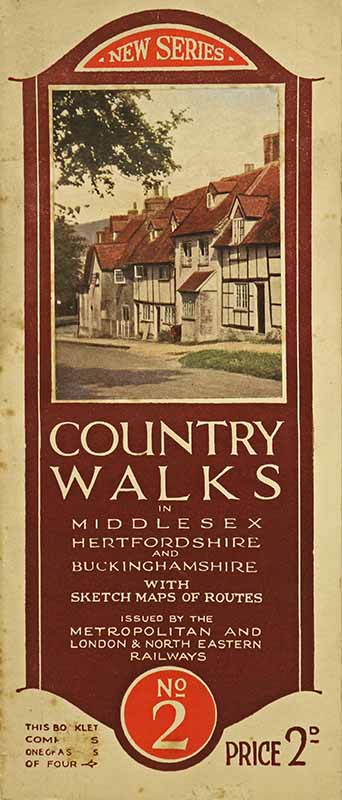
Next: the river today
